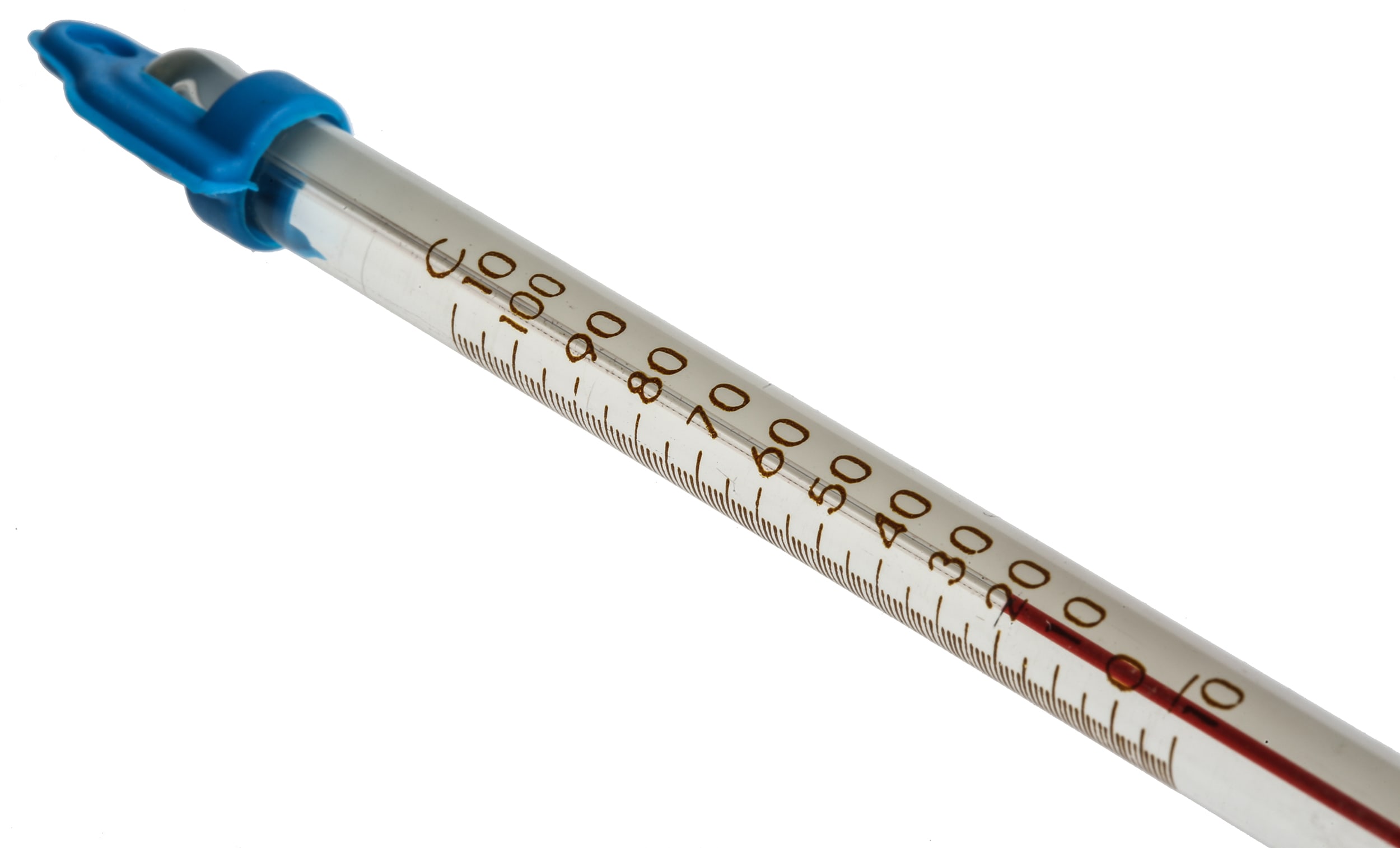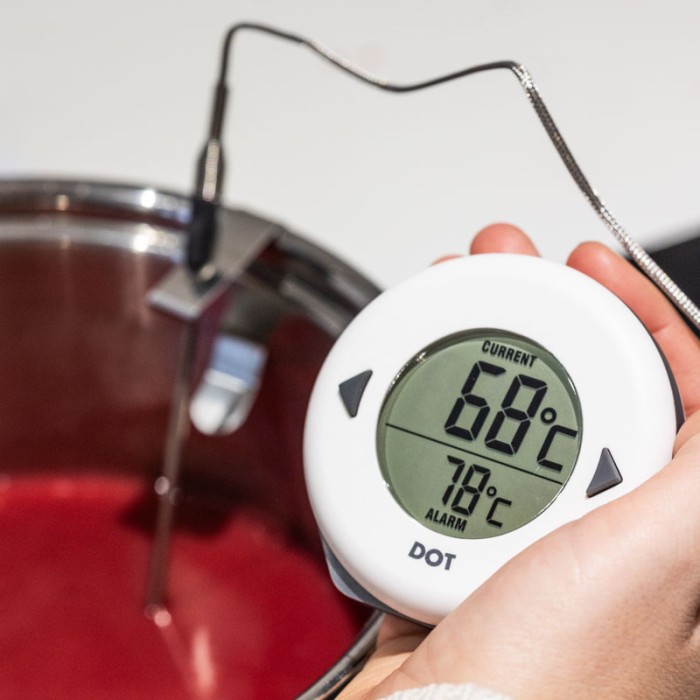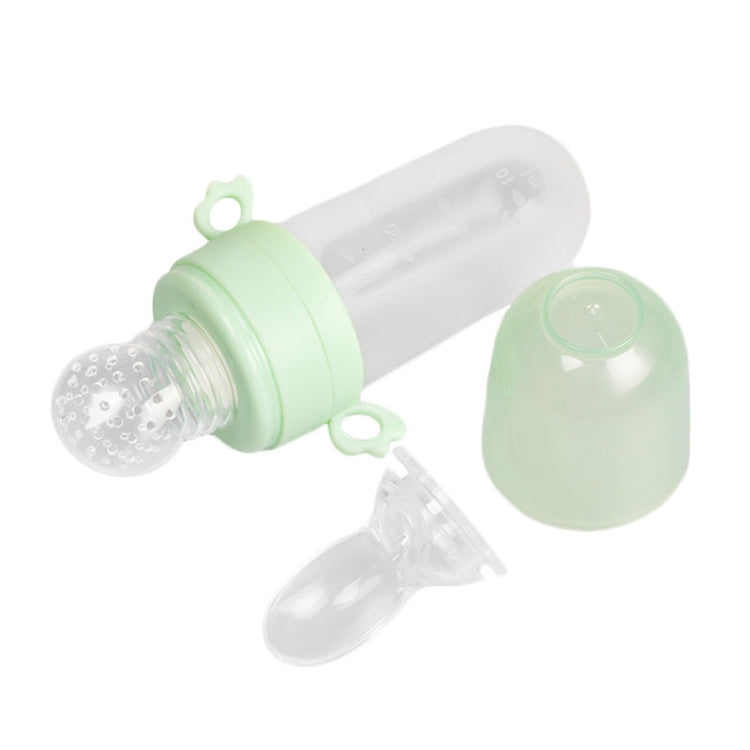
The Science of Thermometers: A Detailed Look at Temperature Measurement and Its Varied Types
Alveena ZubairShare
Thermometer & Types of Thermometers: Temperature Measurement
Any device by which we measure the temperature is known to be mentioned by a Thermometer. They range from the need of checking if a patient has fever to scientific experiments or cooking. So many types of thermometers have been created for specific purposes and situations over time. Next, we will look at what is a thermometer and the different types of them that you can get nowadays, before going on to cover its history, as well how one works.
:max_bytes(150000):strip_icc()/GettyImages-539882891-58f4cc7d5f9b582c4dbd6612.jpg)
What Is a Thermometer?
A thermometer is a tool to measure the extent of hotness or coldness of any object, atmosphere, or a living creature. The word "thermometer" was derived from Greek since it comes from two combined words: "thermo" meaning heat and "metron" meaning measure. It is from this very simple functional principle of a thermometer that arises the fact that, there exist materials whose properties change in a predictable way upon heating or cooling. These changes may then be measured and interpreted to express temperature. Thermometers come in all sizes and shapes. The simple, old-fashioned mercury-filled types and the digital types. Whichever it is, it is supposed to show the correct reading of the temperature.

Brief History of the Thermometer
The history of a thermometer traces its origins back to the 16th century. An Italian scientist Galileo Galilei invented the first primitive temperature measuring device called a thermoscope. It could point out temperature changes but not precisely measure them on a particular scale. Later, towards the beginning of 18th century, Gabriel Fahrenheit constructed mercury thermometer that was more accurate. He also gave the Fahrenheit scale which is still in use in a few countries such as the United States. The Celsius scale was given by an astronomer, an astronomer of Sweden, Anders Celsius and his scale was also slowly accepted. With the passage of time, technology development has resulted in changes of thermometers. Thermometers over the passage of time have gradually become better, more accurate and easier to handle.

How a Thermometer Works
Different types of thermometers work in different ways. Most of them, however work based on properties which can predictably change when materials undergo variation in temperature. For instance, the mercury in a mercury thermometer expands and rises when heated. The mercury thus indicates temperature through its position and what is shown on that position is what shows on the thermometer. In the case of digital thermometers, the change in temperature is measured by the electronic sensor, and it is converted into a numerical display. This electronic sensor uses thermostats. Materials which vary their electric resistance with the change in temperature can be used for themistors. Thermometers may use infrared technology to measure the heat an object or body might be emitting.
Types of Thermometers
There are different thermometers and designed for different purposes. Some of the them have higher accuracy compared to the others, whereas the rest are more suitable for a particular environment or for application.
Liquid-in-Glass Thermometers
liquid-in-glass thermometer is most commonly used thermometer, it is filled with mercury or alcohol. Mercury expands with the addition of heat and contracts with the addition of cold, moving up or down in a narrow glass tube to indicate temperature. Mercury thermometers are not commonly used in laboratory settings or for medical purposes due to health concerns of mercury toxicity. Alcohol thermometers can serve as an alternative; for instance, alcohol is still liquid at lower temperatures than mercury.

Digital Thermometers
Digital thermometers are one of the widely used types of thermometers today, not because of their efficiency and ease in applying them but also because of being very accurate, unlike conventional mercury-in-glass thermometers. These employ electronic sensors that could sense temperature variation and, through a digital screen, could produce the result. They are used for body temperature measurements but types are available with an oral, rectal or ear measurement. Besides these, digital thermometers are used in most industrial and laboratory applications for accurate readings and because they can measure any temperature range.

Infrared Thermometers
These are those thermometers that are contemplated for temperature measurements from a distance as they detect infrared radiation emitted by an object or body. They are most commonly used for non-contact temperature measurements, which would be very useful to obtain human body temperatures without any body contact during a pandemic, for example. Indirect thermometers are also used in industrial applications where it would be unsafe or impossible to use a traditional thermometer. For instance, they may measure the temperature of objects that are too hot to handle with body parts or are moving, as in manufacturing processes.

Thermocouple Thermometers
Thermocouples are widely used in industrial and scientific applications because they can easily measure extreme temperatures. A thermocouple is a device made up of two wires manufactured from two different kinds of metals joined at one end. If the joined end is exposed to heat, then a voltage develops between the two wires; that developed voltage can be measured for temperature detection purposes. Thermocouples have long life and can work in such wide ranges of temperatures, making them suitable for usage in industries that manufacture or work with metals because it is very hot.

Bimetallic Strip Thermometers
In bimetallic strip thermometers, the two metal strips are bonded with their coefficients of thermal expansion different. This implies that two metals have expansions different from each other due to temperatures. The temperatures cause the metal strips to expand at varying rates. A bimetallic strip thus bends when the temperature changes. The movement of the strip can be used to represent a dial to show temperature readings. These thermometers are mainly applied in houses for thermostats and ovens and some electric appliances. Although they are less precise than other forms, bimetallic thermometers are resistant and relatively straightforward to use.
Gas Thermometers
A gas thermometer works based on the principle that gases expand in heat and contract in cooling. They are mainly used in scientific studies and high accuracy applications. A gas thermometer is highly sensitive to change in temperature and is employed in conditions that require very accurate readings. They are not commonly used in everyday settings but prove quite useful in scientific laboratories.

Conclusion
Thermometers are pretty handy instruments in our daily lives. Whether it is checking a person's temperature to determine if that person has fever or baking a cake by ensuring that all is well and done at the right temperature or doing some scientific experiment, a thermometer is an indispensable item. Each has its merits, and choice would be based on specific needs and situations. Measurement of temperature has, from the simple liquid-in-glass thermometer to the most complex digital and infrared ones, become more accessible as well as accurate with provision in multiple disciplines of application. One such question is how to determine the right choice knowing of the different types of thermometers, what they measure, and how they work.

